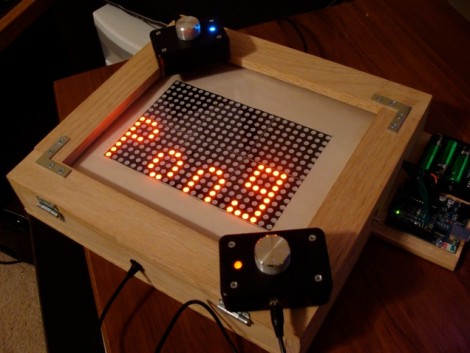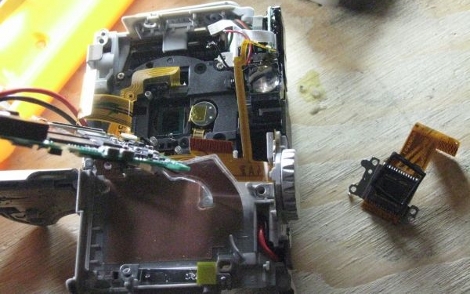
[Mike Silverman] rigged up a way to make his monitor sleep from an iPhone. Working with a Windows system, he installed QuickPHP and NirCmd to add PHP and command line controls. Some quick PHP code writing and this has the effect of creating a sleep button toggled via a network address. He loads up the IP and port information in the Safari browser of his iPhone, creating a Home Screen short cut seen in the image above. Now he clicks on the button and puts the screen to sleep.
It’s not that we find this functionality useful since most monitors sleep after a few minutes of inactivity. But we like the methodology and you can bet we’re already planning uses for this. Any PHP server (like the copy of Apache running on this machine) will do as long as it’s on the same LAN as the iPhone’s WiFi connection.
















